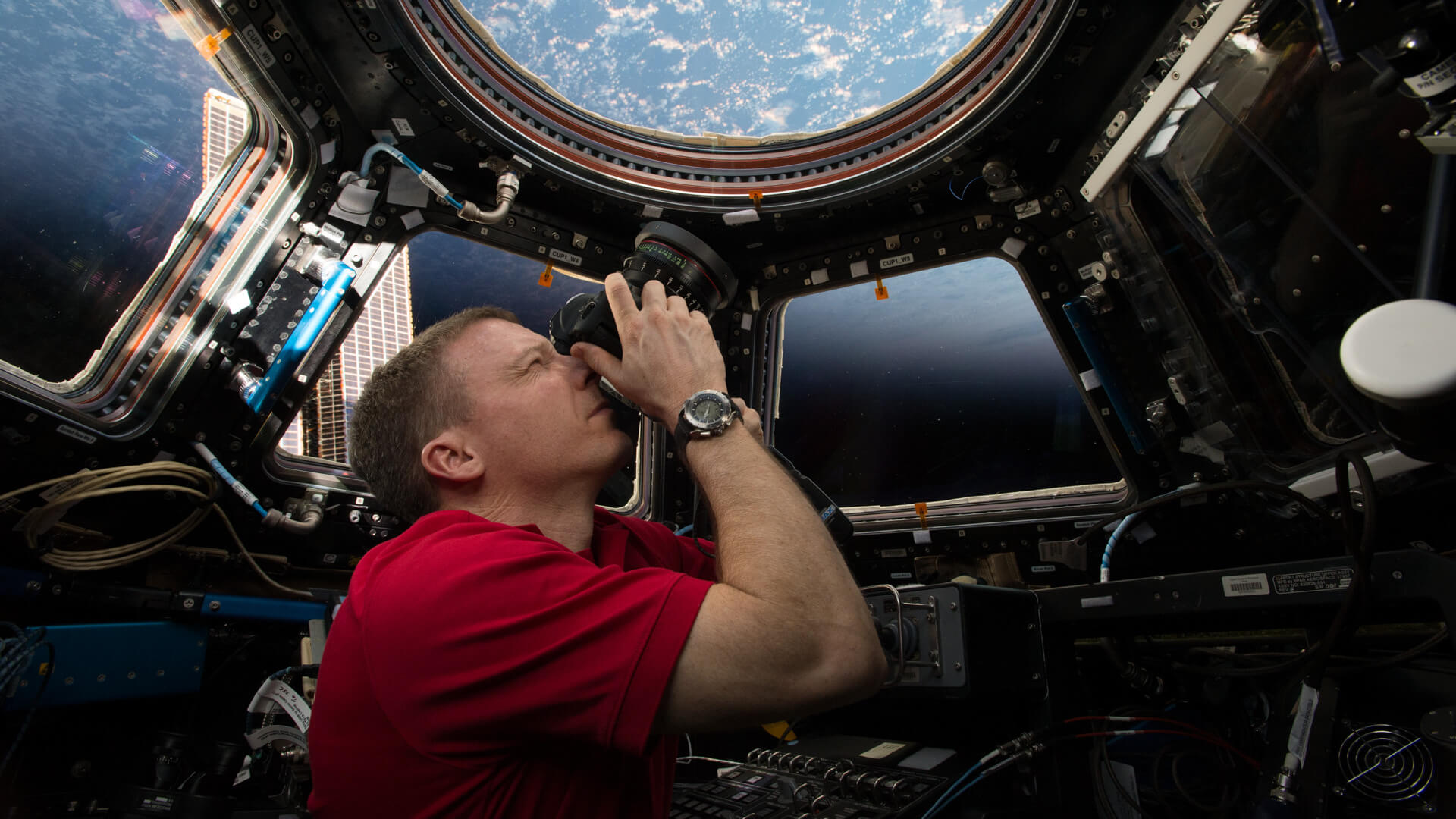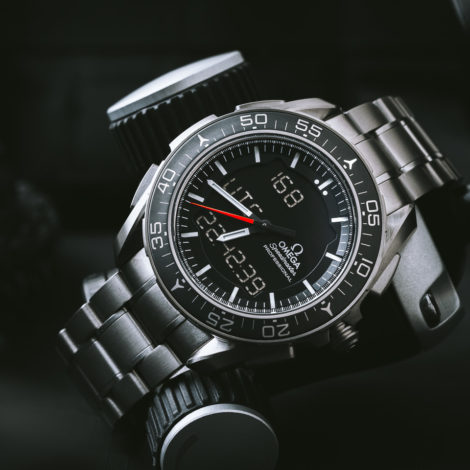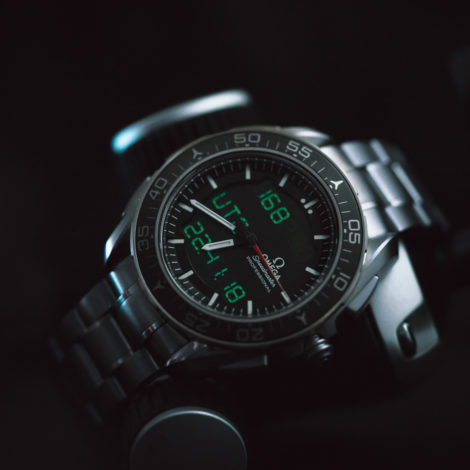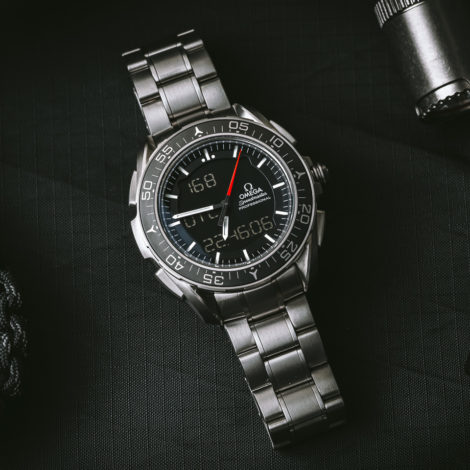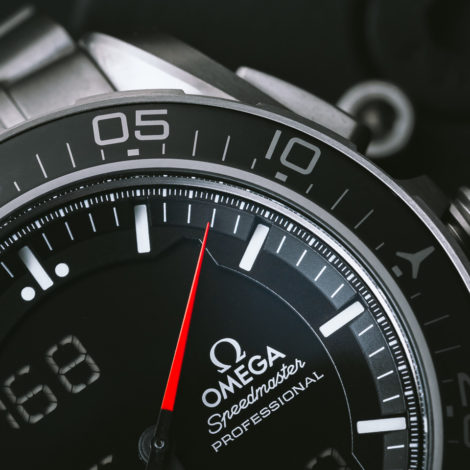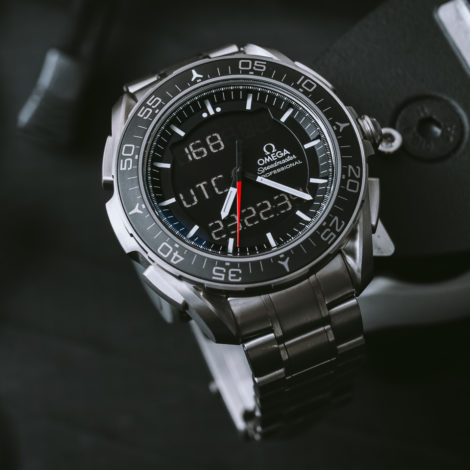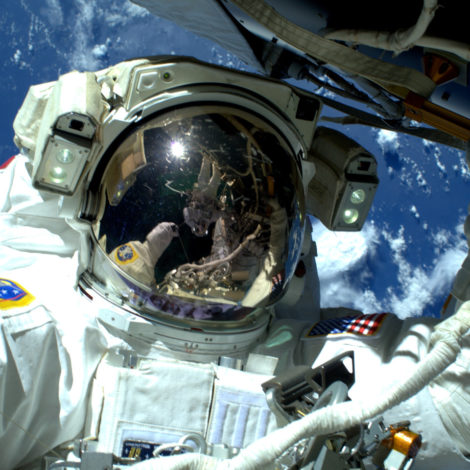 Three… Two… One… Zero… Ignition. There’s a distinct shift in tone as the voice of launch control breaks its stoic delivery to exclaim “liftoff”! — introducing a mixed air of relief and jubilance that fits the magnitude of the scene being broadcast live to the world. There is a loud hiss accompanied by a column of white steam, then a fiery blast at the base of the rocket as its support tower falls away. Audible cheers and applause can be heard in the background as the live feed switches to a wide-angle, revealing the expanse around Launch Complex 39A at NASA’s Kennedy Space Center in Florida as it rapidly fills with turbulent white clouds beneath the SpaceX Dragon now accelerating skyward. Aboard the rocket are two American astronauts who’ll soon be the first crewed launch from the United States to orbit the planet since the space shuttle program ended nearly a decade ago. Only as the rocket distances itself from the reaches of the long-range camera lens does the feeling really start to sink in: This is the long-awaited arrival of a new era of American spaceflight, one that finally picks up the torch set alight by the previous two generations of space exploration.
Three… Two… One… Zero… Ignition. There’s a distinct shift in tone as the voice of launch control breaks its stoic delivery to exclaim “liftoff”! — introducing a mixed air of relief and jubilance that fits the magnitude of the scene being broadcast live to the world. There is a loud hiss accompanied by a column of white steam, then a fiery blast at the base of the rocket as its support tower falls away. Audible cheers and applause can be heard in the background as the live feed switches to a wide-angle, revealing the expanse around Launch Complex 39A at NASA’s Kennedy Space Center in Florida as it rapidly fills with turbulent white clouds beneath the SpaceX Dragon now accelerating skyward. Aboard the rocket are two American astronauts who’ll soon be the first crewed launch from the United States to orbit the planet since the space shuttle program ended nearly a decade ago. Only as the rocket distances itself from the reaches of the long-range camera lens does the feeling really start to sink in: This is the long-awaited arrival of a new era of American spaceflight, one that finally picks up the torch set alight by the previous two generations of space exploration.
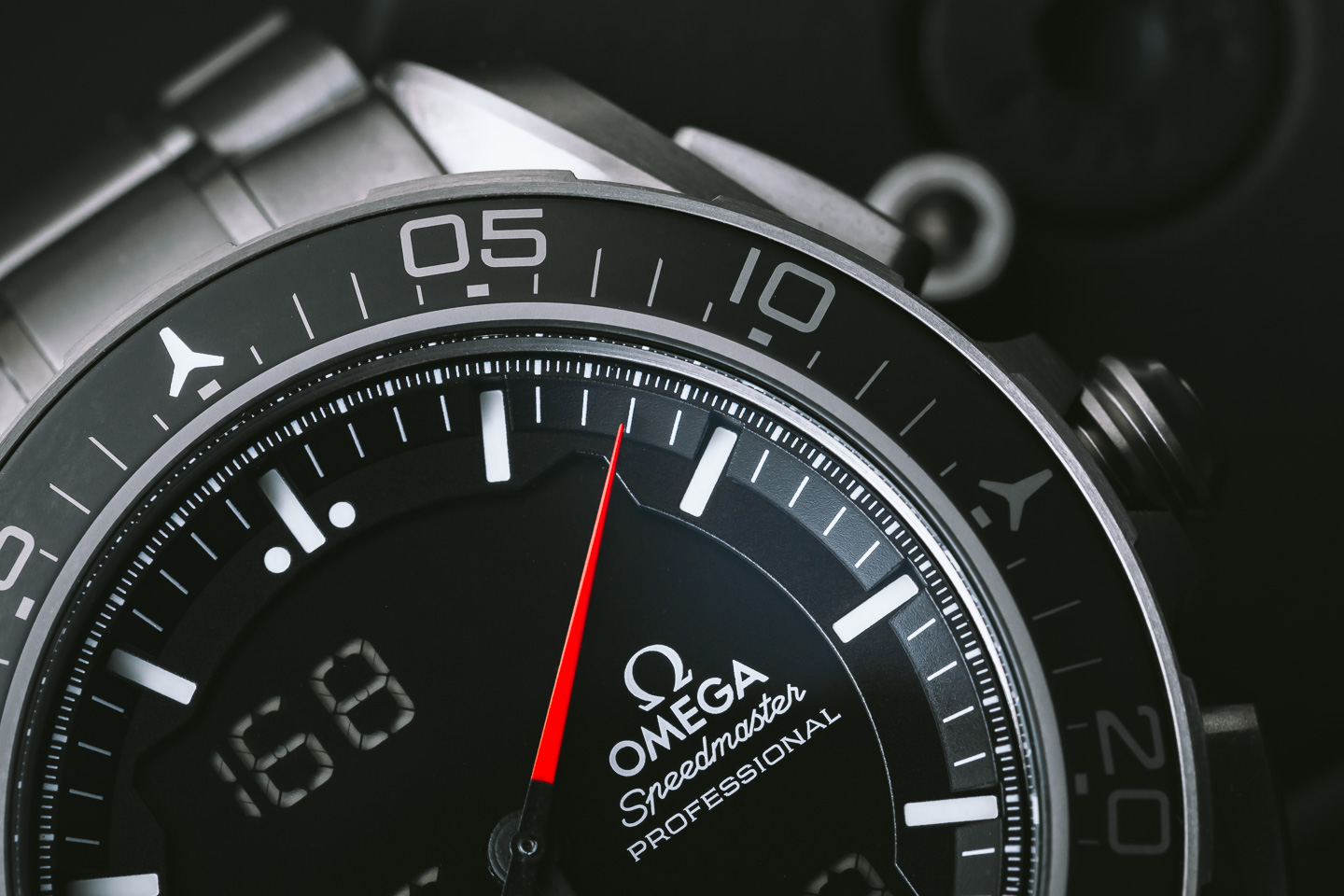 Alongside many countless civilian, military, and aerospace actors of the last six decades, the Omega Speedmaster has played its own uniquely influential role in that continued legacy of outer space exploration — and during the excitement of the SpaceX Demo-2 launch, eagle-eyed watch fans would catch multiple glimpses of a Speedmaster X-33 strapped to the suit of astronaut Bob Behnken, confirming that Omega’s participation in America’s space program was still very much alive and well, and would not be relegated only to the anniversaries of yesteryear.
Alongside many countless civilian, military, and aerospace actors of the last six decades, the Omega Speedmaster has played its own uniquely influential role in that continued legacy of outer space exploration — and during the excitement of the SpaceX Demo-2 launch, eagle-eyed watch fans would catch multiple glimpses of a Speedmaster X-33 strapped to the suit of astronaut Bob Behnken, confirming that Omega’s participation in America’s space program was still very much alive and well, and would not be relegated only to the anniversaries of yesteryear.
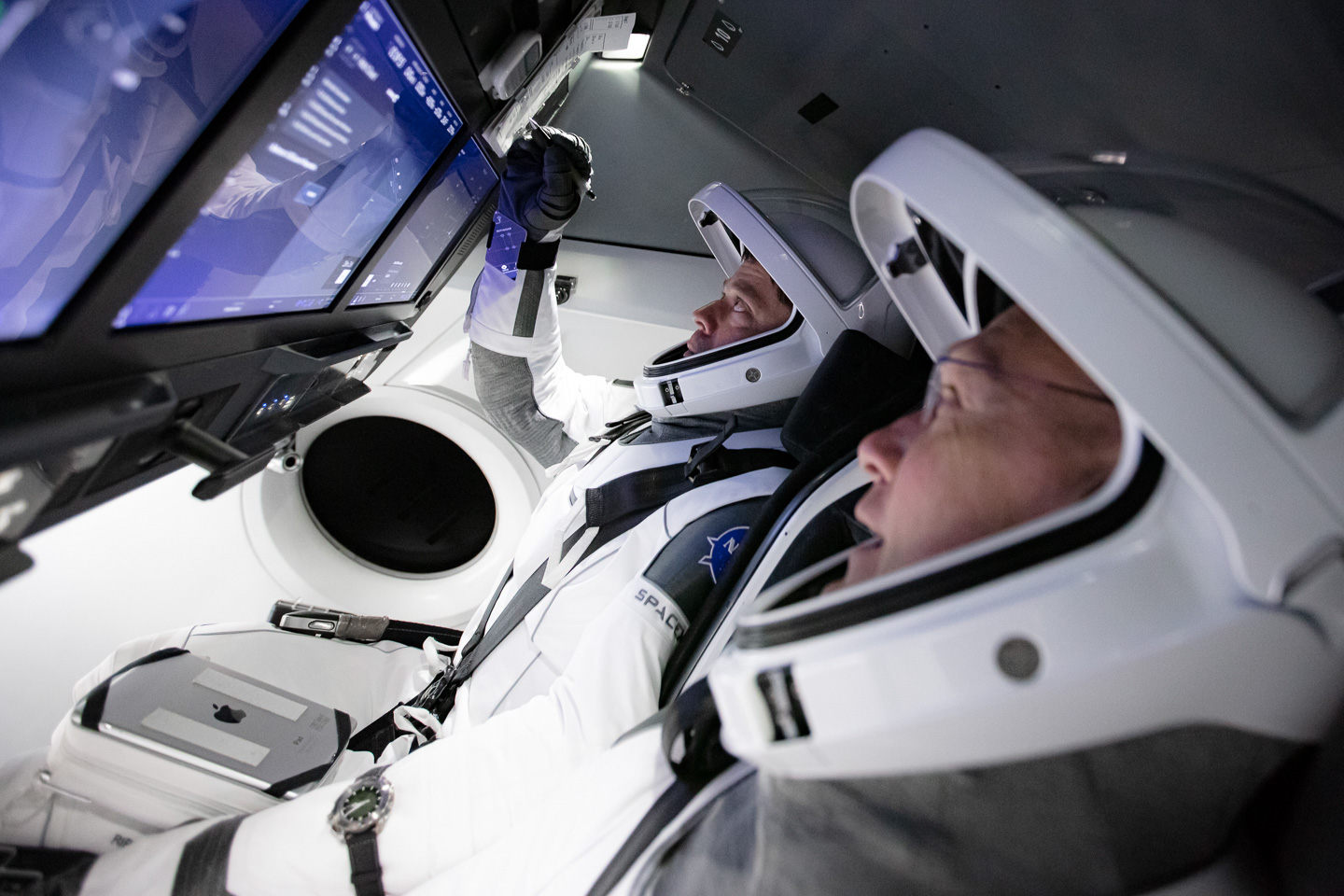 This particular X-33 is hardly a new watch, though — quite the contrary: the feature-rich analog/digital hybrid has been relied upon by NASA astronauts since it was introduced in 1998 (ref. 3290.50.00), its unique feature set and specifications originally drafted for Omega by General Thomas Stafford, whose lengthy resume includes commanding the Apollo-Soyuz Test Project in 1975. And despite being discontinued in 2006 and replaced in 2014 by the impressive new X-33 codenamed “Skywalker” (ref. 318.90.45.79.01.001), there are still plenty of Gen. 1 X-33 watches in service — including the two now in space with Behnken and fellow astronaut Doug Hurley.
This particular X-33 is hardly a new watch, though — quite the contrary: the feature-rich analog/digital hybrid has been relied upon by NASA astronauts since it was introduced in 1998 (ref. 3290.50.00), its unique feature set and specifications originally drafted for Omega by General Thomas Stafford, whose lengthy resume includes commanding the Apollo-Soyuz Test Project in 1975. And despite being discontinued in 2006 and replaced in 2014 by the impressive new X-33 codenamed “Skywalker” (ref. 318.90.45.79.01.001), there are still plenty of Gen. 1 X-33 watches in service — including the two now in space with Behnken and fellow astronaut Doug Hurley.
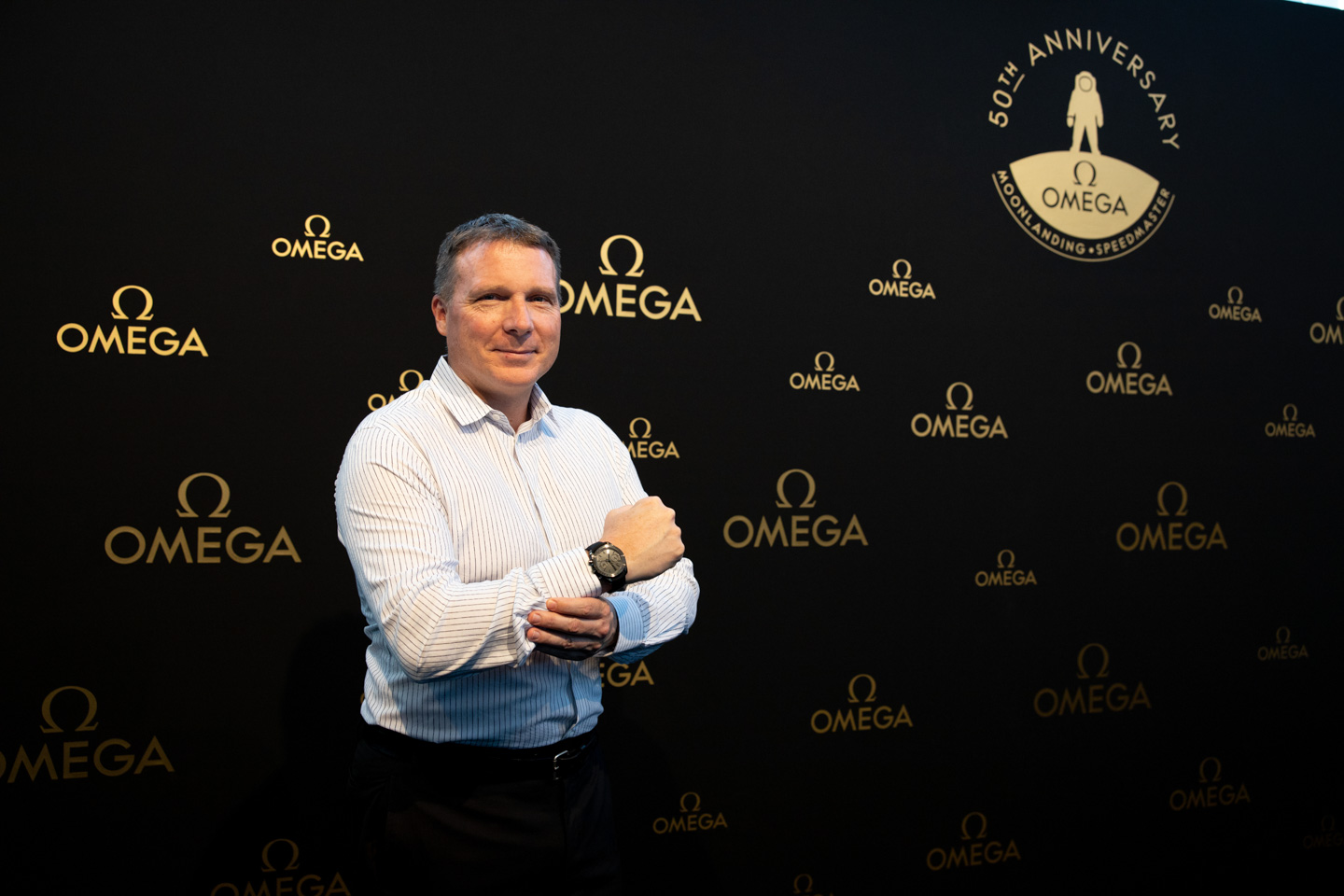 For episode 57 of Spending Time on aBlogtoWatch, we had the opportunity to speak with retired astronaut Terry Virts (be sure to follow him on Instagram: @astro_terry) — another very noteworthy X-33 owner and Omega collector — to learn just exactly how the modern astronaut relies upon this Speedmaster on a daily, often hourly, basis for a wide variety of special tasks while working aboard the International Space Station.
For episode 57 of Spending Time on aBlogtoWatch, we had the opportunity to speak with retired astronaut Terry Virts (be sure to follow him on Instagram: @astro_terry) — another very noteworthy X-33 owner and Omega collector — to learn just exactly how the modern astronaut relies upon this Speedmaster on a daily, often hourly, basis for a wide variety of special tasks while working aboard the International Space Station.
 As a former Commander for the ISS, a fighter pilot, and space shuttle test pilot, the bilingual and multi-talented Virts also carries the unique distinction of having taken more photographs in space than anyone else — many of which are featured in his gorgeous photo book View From Above, published by National Geographic (and used with permission in this story). And while we won’t spoil the full contents of this special interview, you’ll definitely want to tune in to learn exactly how a Speedmaster X-33 comes in handy for an orbital photographer trying to snap a shot of the pyramids of Egypt from 250 miles above the earth while hurtling through space at nearly five miles per second. Give the whole thing a watch right here:
As a former Commander for the ISS, a fighter pilot, and space shuttle test pilot, the bilingual and multi-talented Virts also carries the unique distinction of having taken more photographs in space than anyone else — many of which are featured in his gorgeous photo book View From Above, published by National Geographic (and used with permission in this story). And while we won’t spoil the full contents of this special interview, you’ll definitely want to tune in to learn exactly how a Speedmaster X-33 comes in handy for an orbital photographer trying to snap a shot of the pyramids of Egypt from 250 miles above the earth while hurtling through space at nearly five miles per second. Give the whole thing a watch right here:
Now, as you’ll learn from the interview with Terry, the X-33 watches worn in space have been flight-qualified by NASA for space missions (just as the original hesalite Moonwatch once was), and as issued equipment that’s property of the government, must be returned upon mission’s end. Interestingly enough, the newer X-33 Skywalker has not been flight-qualified by NASA (most likely due to the Space Shuttle Program ending in 2011), so its flight qualifications come from the European Space Agency as denoted on the Skywalker’s caseback, ensuring that Omega’s participation in space exploration for the last decade continues uninterrupted even if America’s space program has been put on the back burner. As Terry pointed out in the interview, this is why unless personal watches were being worn on missions, many American astronauts are still issued the older X-33, while the new Skywalker variant is provided to European crew on the ISS.
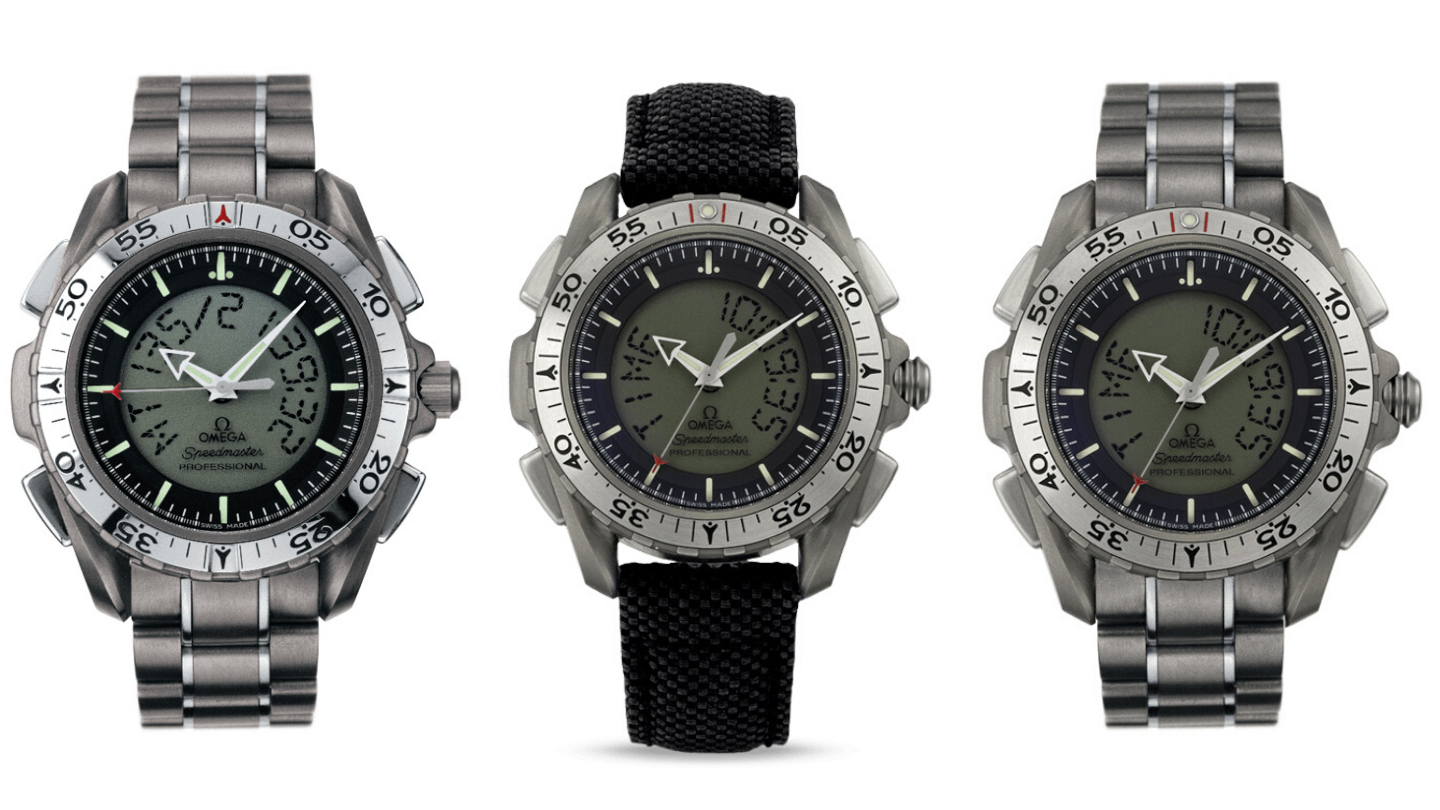
Gen 1 (ref. 3290.50.00 on the left) and Gen 2 (ref. 3991.50.06 in middle and ref. 3291.50.00 on right) of the Speedmaster X-33 are both rendered in titanium and functionally identical with the same Omega Calibre 1666 inside. Their cosmetic differences are only slight, evidenced by the finishing on the pushers and bezel, and the addition of a luminous pip on the insert at 12:00 for the newer variants. Some variations of the first generation reference had a traditional knurled Seamaster style crown before it was replaced with the grooved “honey dipper” style associated with all modern versions of the X-33.
For the last 20 years, each iteration of the X-33 has adhered to a consistent principle of capability and operation with a similar set of features: multiple calendars and time zones, numerous chronograph and countdown functions, and a loud digital alarm — all with the combined aim of enabling an astronaut to stay safe and work more efficiently while in space. It’s worth pointing out that the watch is not designed for extra-vehicular activity (or EVA), as the LCD screen cannot handle extreme cold. But for his work onboard the ISS, Terry explained that the X-33 Skywalker streamlines many of the above functions while adding in two key timekeeping functions: “mission elapsed time” (MET) and “phase elapsed time” (PET) — calculations that have little use to anyone who’s not strapped to a rocket bound for orbit.
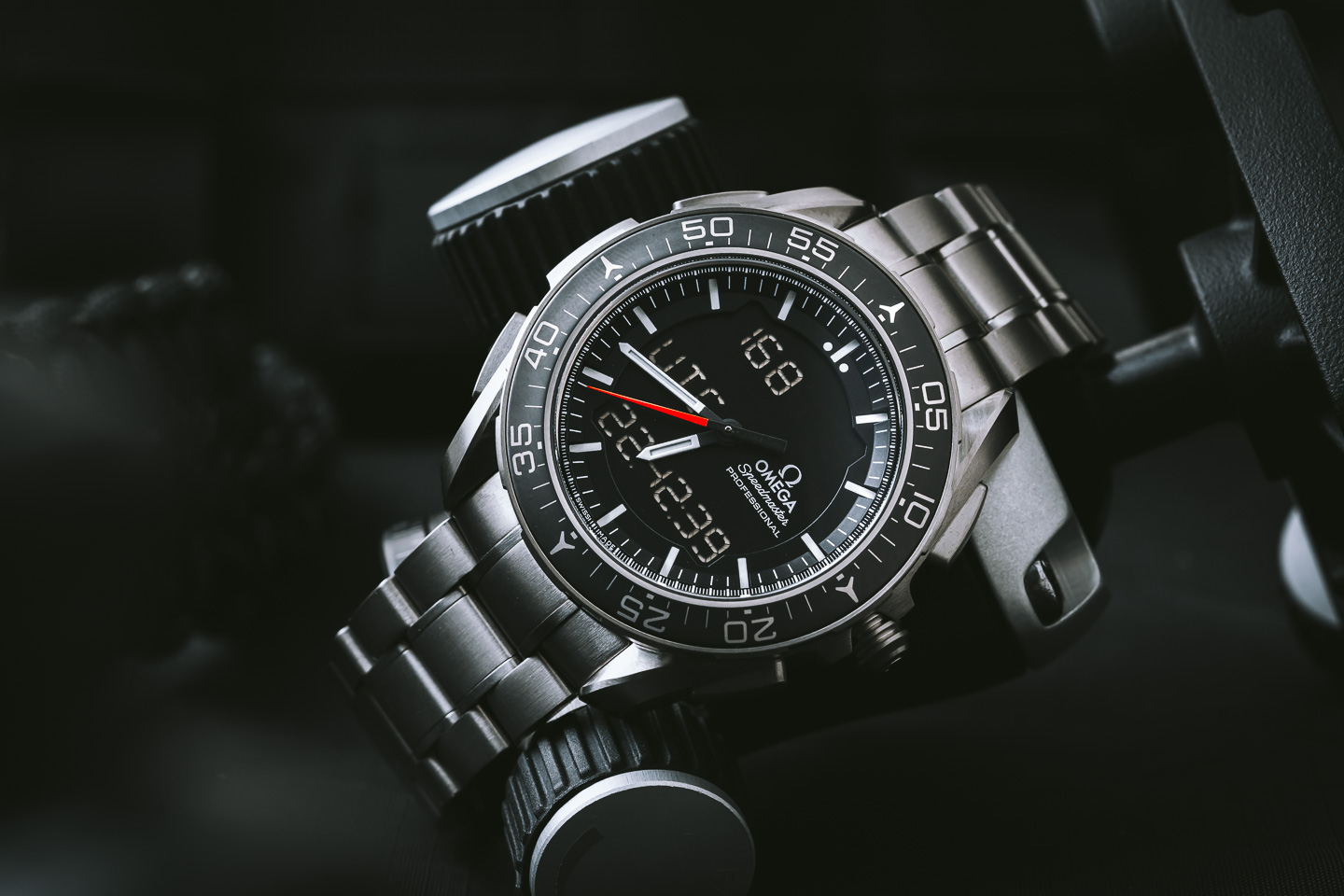 Built from ultralight Grade 2 titanium, the Skywalker still feels instrumental, but markedly more premium than its predecessors, primarily due to the sharp contrast of its updated negative LCD screen, which has aged remarkably well for a digital watch, which speaks volumes to the caliber of quality and design integrity at play here. Aesthetics aside, the real updates from the Gen 2 X-33 and the Skywalker are internal, though, with the thermo-compensated Calibre 5619 quartz movement specially developed for flight qualification by the ESA. At first glance, as you start to cycle through the various functions by pressing the crown at 3 o’clock, its complexity is a bit daunting. Thankfully, if you don’t happen to have an ISS commander available for a setting walkthrough via Zoom, there’s an interactive Omega iPad App that can teach you the menu system, show you how to set the watch, and train your fingertips through each respective function and the context in which it is best deployed.
Built from ultralight Grade 2 titanium, the Skywalker still feels instrumental, but markedly more premium than its predecessors, primarily due to the sharp contrast of its updated negative LCD screen, which has aged remarkably well for a digital watch, which speaks volumes to the caliber of quality and design integrity at play here. Aesthetics aside, the real updates from the Gen 2 X-33 and the Skywalker are internal, though, with the thermo-compensated Calibre 5619 quartz movement specially developed for flight qualification by the ESA. At first glance, as you start to cycle through the various functions by pressing the crown at 3 o’clock, its complexity is a bit daunting. Thankfully, if you don’t happen to have an ISS commander available for a setting walkthrough via Zoom, there’s an interactive Omega iPad App that can teach you the menu system, show you how to set the watch, and train your fingertips through each respective function and the context in which it is best deployed.
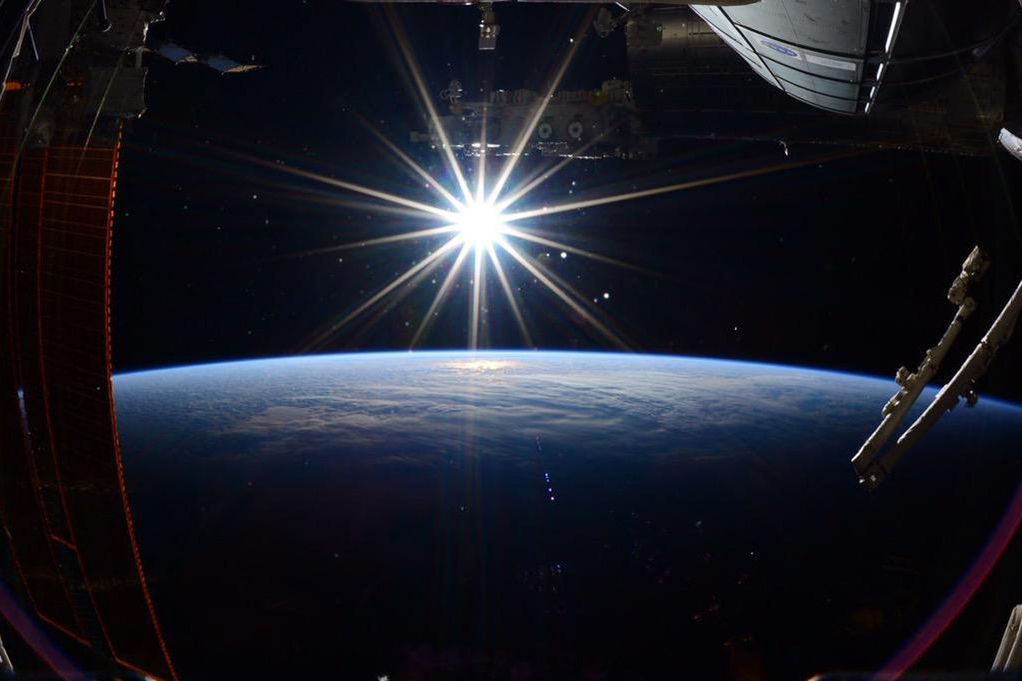 It was a little over five years ago that Terry concluded his final mission in space: the Soyuz TMA-15 / Expedition 43 that began on March 11th, 2015. He recalls the last photograph he snapped in orbit some three months later — a surreptitious moment that produced an epic “sun star” framed perfectly by the ISS solar panels and the sweeping blue curvature as day broke, somewhere down on earth. And that was it. The commander was ready to come home for good.
It was a little over five years ago that Terry concluded his final mission in space: the Soyuz TMA-15 / Expedition 43 that began on March 11th, 2015. He recalls the last photograph he snapped in orbit some three months later — a surreptitious moment that produced an epic “sun star” framed perfectly by the ISS solar panels and the sweeping blue curvature as day broke, somewhere down on earth. And that was it. The commander was ready to come home for good.
 One thing that remains quite cool about the X-33 watches is that, unlike many other tool watches, they are not deployed as a backup or a fail-safe, but rather as a primary instrument for a very specific type of end-user. Even Terry himself confessed to using his X-33 “more than any other instrument” during his two space flights, and given the many tasks that require precise timekeeping in space, it’s hardly a surprise. Not to disparage the original Speedmaster (it was the first and only watch worn on the moon, after all), but let’s not forget that the Moonwatch was originally conceived as a watch for motor racing. On the contrary, the X-33 was only ever built for one specific wearer: astronauts. And it’s here, in this realm of ultra-niche, purpose-built product design — not unlike the quirky Flightmaster or the iconic Ploprof — that Omega has historically been at its absolute best.
One thing that remains quite cool about the X-33 watches is that, unlike many other tool watches, they are not deployed as a backup or a fail-safe, but rather as a primary instrument for a very specific type of end-user. Even Terry himself confessed to using his X-33 “more than any other instrument” during his two space flights, and given the many tasks that require precise timekeeping in space, it’s hardly a surprise. Not to disparage the original Speedmaster (it was the first and only watch worn on the moon, after all), but let’s not forget that the Moonwatch was originally conceived as a watch for motor racing. On the contrary, the X-33 was only ever built for one specific wearer: astronauts. And it’s here, in this realm of ultra-niche, purpose-built product design — not unlike the quirky Flightmaster or the iconic Ploprof — that Omega has historically been at its absolute best.
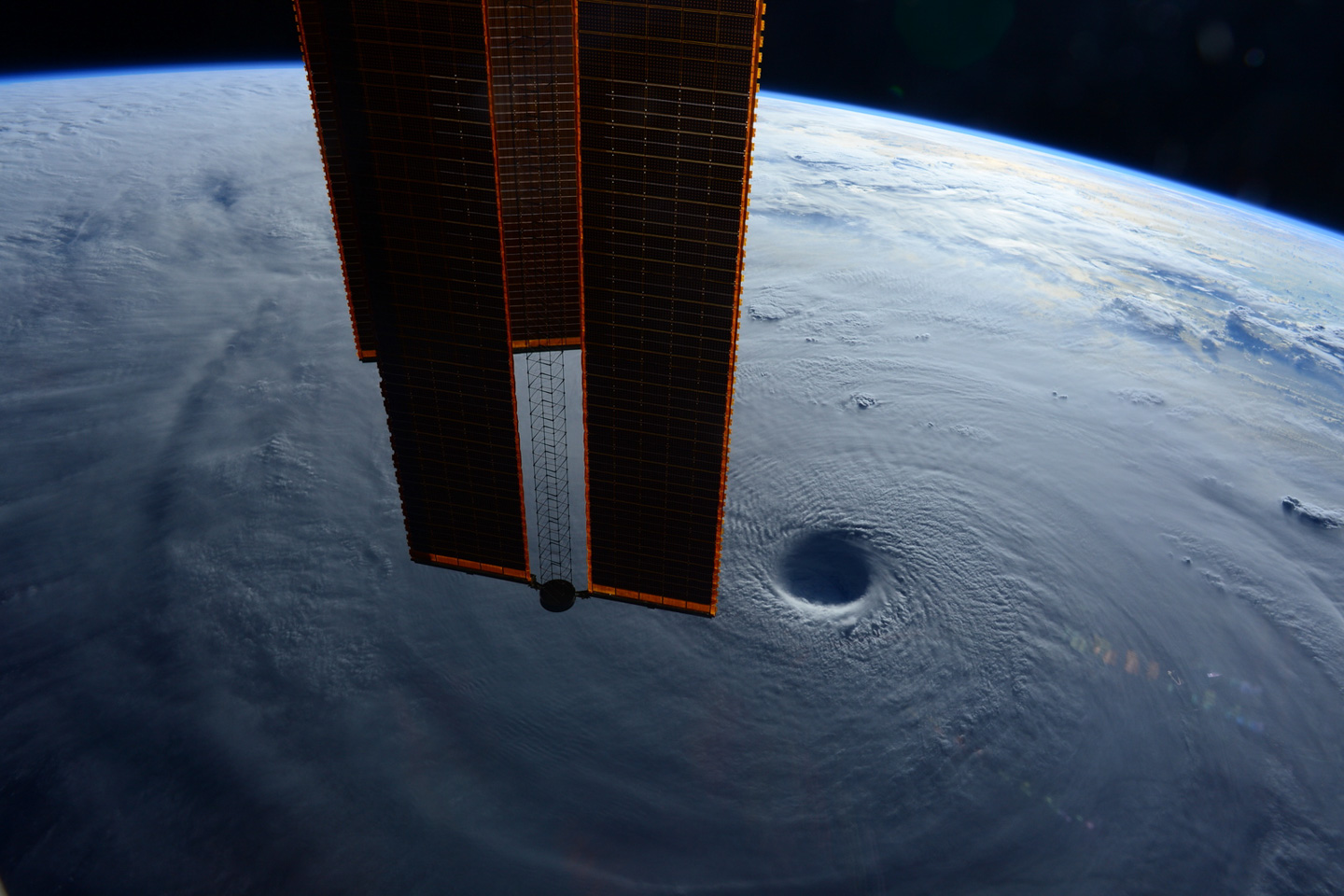 For a good-natured look at what it takes to get yourself into space and what to do once you’re there, be sure to check out Terry Virts’ more recently published book: How to Astronaut. As for the Speedmaster X-33 Skywalker, it has a retail price of $5,900 on the titanium bracelet. You can learn more at omegawatches.com.
For a good-natured look at what it takes to get yourself into space and what to do once you’re there, be sure to check out Terry Virts’ more recently published book: How to Astronaut. As for the Speedmaster X-33 Skywalker, it has a retail price of $5,900 on the titanium bracelet. You can learn more at omegawatches.com.


